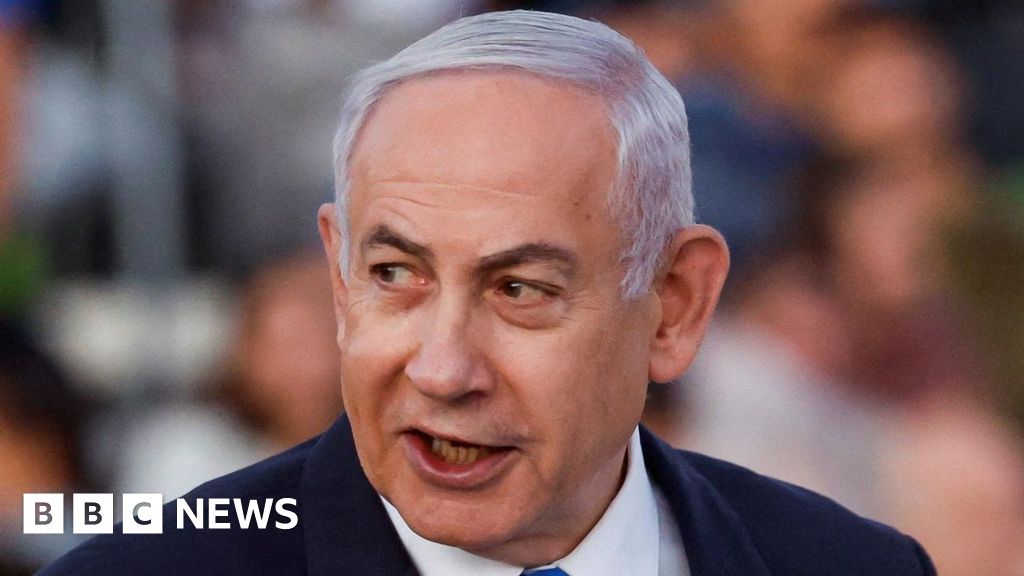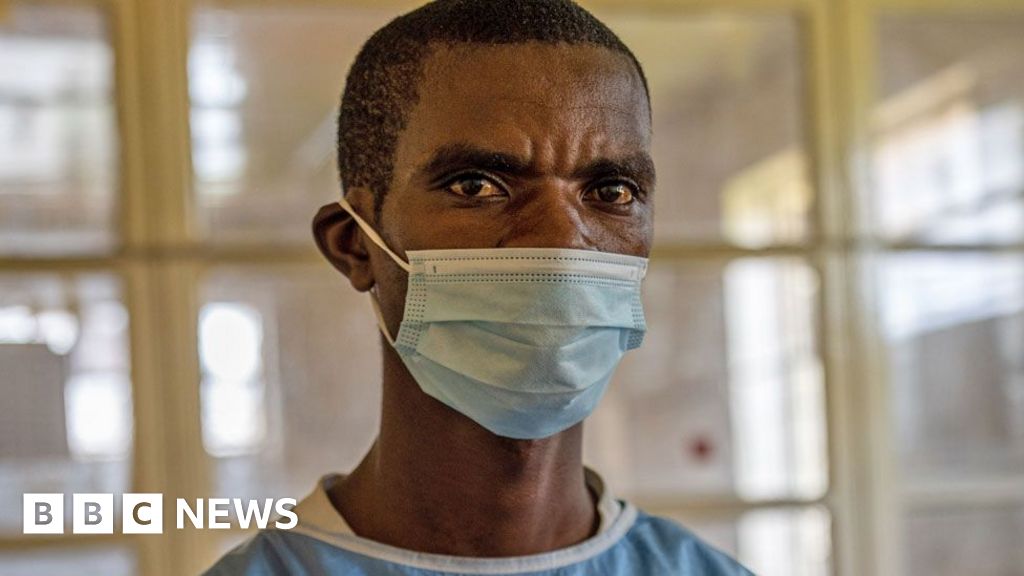The European Parliament is expected to approve the loan this month, allowing it to be paid out next year.
Published On 9 Oct 2024
European Union envoys have agreed to provide Ukraine up to 35 billion euros ($38bn) as part of the bloc’s share in a larger planned loan from the Group of Seven (G7) nations, backed by frozen Russian Central Bank assets, a statement from the Council of the EU says.
Kyiv is desperate for funds as it seeks to prop up its economy, equip its military and keep its electricity grid functioning this winter after ferocious bombardments by Moscow’s forces.
The EU’s loan – which was signed off by a majority of ambassadors at a meeting in Brussels on Wednesday – is part of a bigger $50bn initiative agreed by G7 powers in June.
The EU is the first of the G7 powers to announce how much it is putting forward as its share of the plan and is still waiting for others, including the United States and Britain, to do their part.
The European Parliament is expected to approve the loan at a sitting later in October, enabling it to be paid out next year.
In June, the G7 and EU announced they would provide a $50bn loan to help Ukraine, serviced by profits generated by Russian assets immobilised in the West. These assets were frozen shortly after Russia launched a full-scale invasion of Ukraine in February 2022.
The EU has frozen roughly $235bn of Russian Central Bank funds, the vast bulk of immobilised Russian assets worldwide.
About 90 percent of the funds in the EU are held by the international deposit organisation Euroclear, based in Belgium.
The G7 plan seeks to leverage the interest earned on the assets to get more funds to Ukraine and will replace an EU scheme currently in place that funnelled $1.7bn to Kyiv in July.
However, there has been a delay in implementing the G7 loan as the US had sought guarantees from the EU that the Russian assets would remain frozen.
Currently, EU member states have to agree every six months to extend the asset freeze.
Hungary rejected a proposal to extend that period to 36 months, arguing it wants to wait until after the US presidential election in November.

 1 month ago
17
1 month ago
17










 English (US) ·
English (US) ·